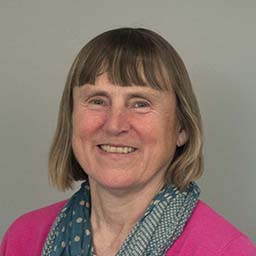Dorset House School of Occupational Therapy opened its doors on 1 January 1930. The School was a pioneering institution and was the first occupational therapy school in the UK. When it first opened in Bristol, it was attached to a residential home of the same name for women with ‘mental disorder’ who the students cared for during their training. Dorset House moved from Bristol during World War Two to Bromsgrove and then to Oxford where it stayed until its merger with Oxford Polytechnic in 1992. This online exhibition uses documents from the Dorset House archive and associated papers to explore some of the key themes in the history of the school.
The images used in this exhibition, as well as many more, are accessible via our institutional repository RADAR.
Women pioneers
“Dr. Elizabeth Casson has always shown a tendency to surprise her friends by cheerfully undertaking seemingly impossible tasks against apparently hopeless odds.”
Dr Elizabeth Casson, the first woman to be awarded a medical degree at Bristol University, founded Dorset House. She taught at the School when it first opened and was known for being fun loving and intensely passionate about her work.
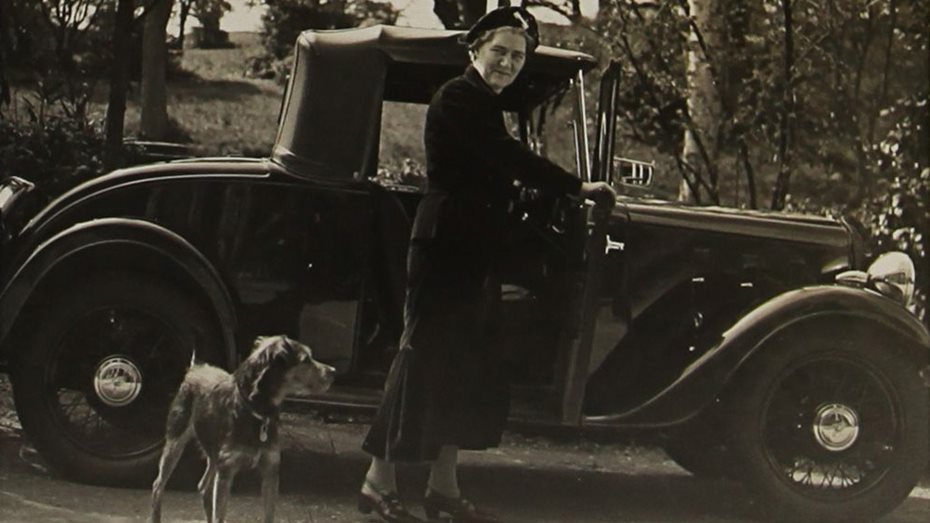
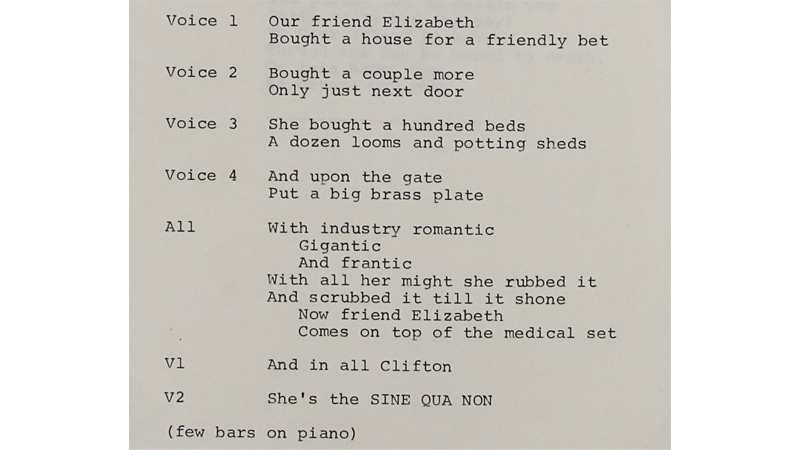
Dorset House’s history is full of pioneering women, another who stands out is Mary Macdonald. Known affectionately as Mac, she was a student at Dorset House from 1934 and then in 1938 she became Principal, a role which she held until her retirement in 1971.
Mac donated a scrapbook of her achievements at Dorset House to the archive, along with six 'History of Dorset House' scrapbooks. The scrapbooks can be viewed online.
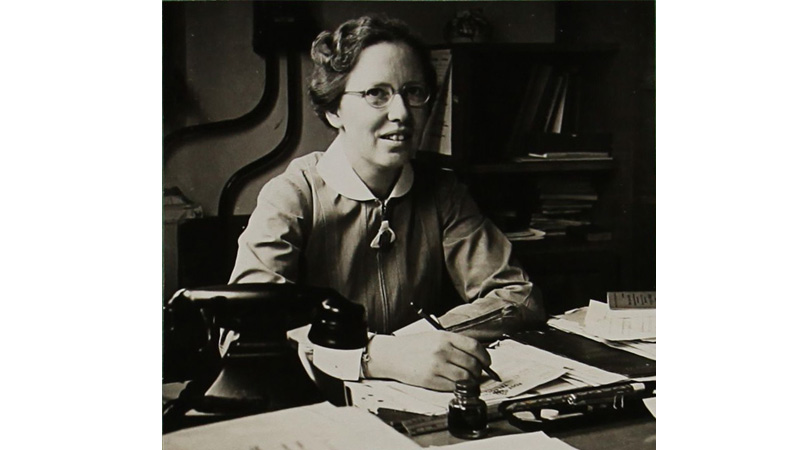
Mental health
"Monotony is the bane of the institutional life; occupation is a form of treatment especially calculated to counteract it"
Occupational therapy and the effect it can have on mental health is what drew Elizabeth Casson to explore its possibilities. She spoke of her work in mental health institutions and found the patients’ moods lifted when they were set a task of creating Christmas decorations. This was in stark contrast to the ‘bored idleness’ she had experienced previously and she was convinced that this kind of occupation was ‘an integral part of treatment’.
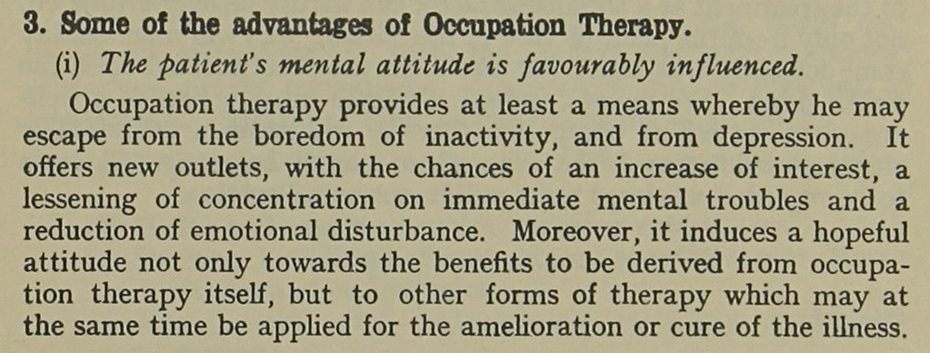
For the first three years of Dorset House, the bulk of the students’ clinical experience was in psychological care and the treatments used for these patients are still activities we consider to be good for our mental health today. How many of us have found solace in exercise, being outdoors in nature, and making crafts during the pandemic?
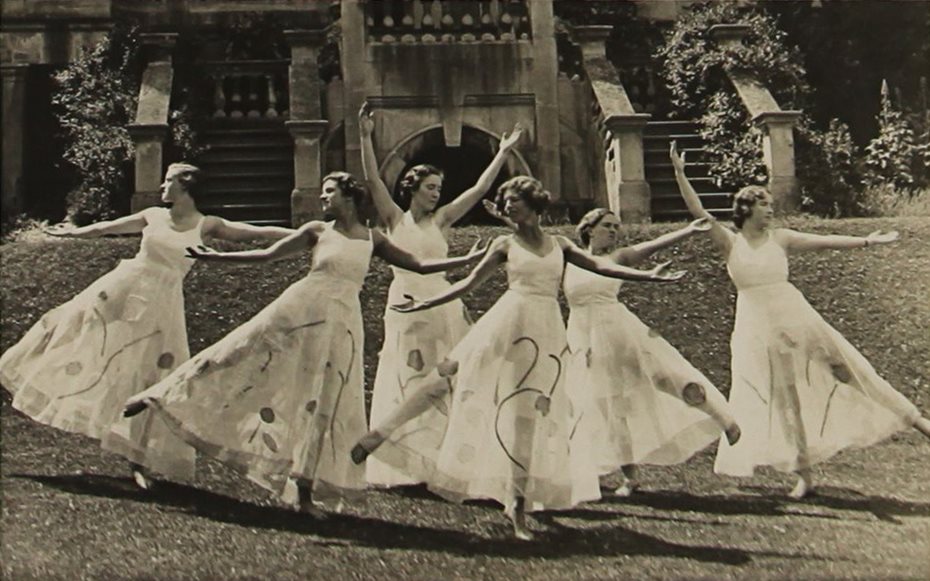
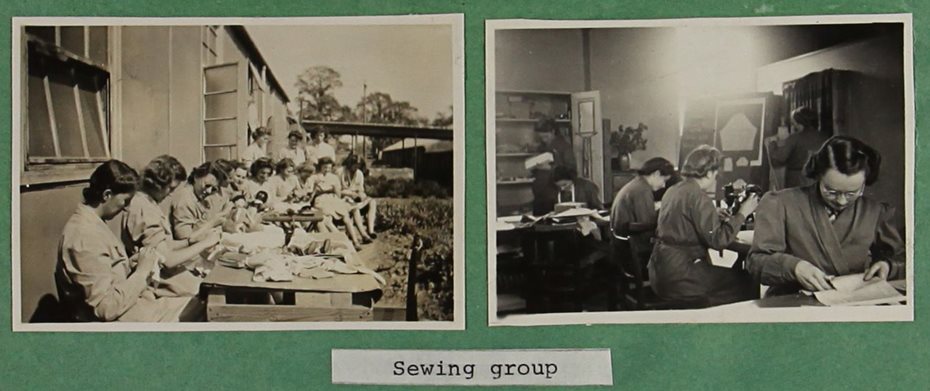
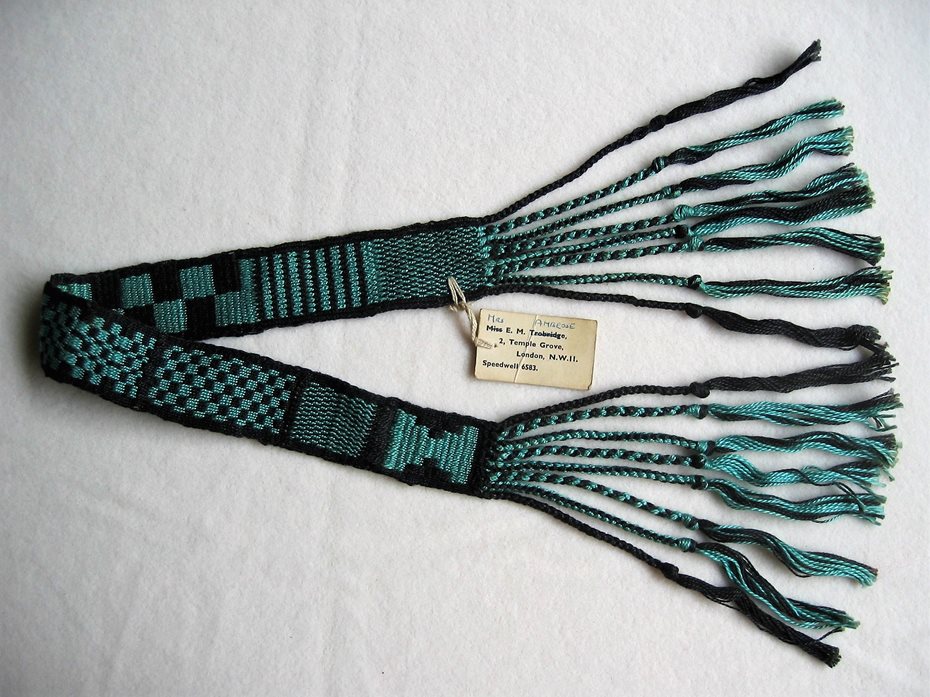
Eileen Ambrose donated several other items of her craft work to the archives.
Physical health
"[The Allendale Curative Workshop is] an adventure in rehabilitation of the physically unfit"
After the first three years of the School physical therapy was introduced, and in 1939 Mac established the Allendale Curative Workshop where students could gain clinical experience with physical rehabilitation. This became key to demonstrating the importance of occupational therapy during the Second World War and Dorset House began to offer shorter courses to get more trained OTs into practice, even teaching by correspondence for a short time after being evacuated from Bristol.
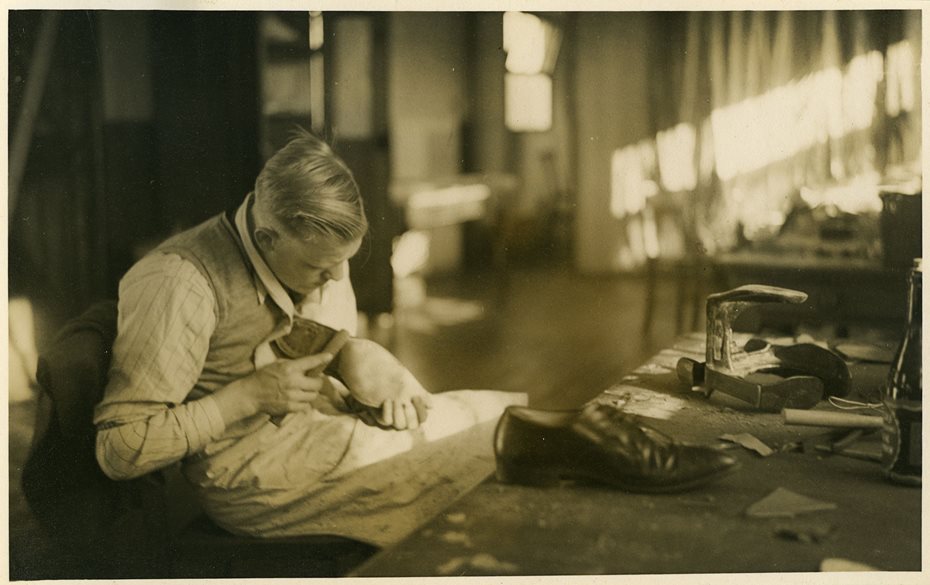
Later, after the move to Oxford, students visited shops in Headington using crutches and wheelchairs to get a better understanding of the challenges faced by people with physical disabilities. It also helped to raise the profile and understanding of the challenges within the local community.
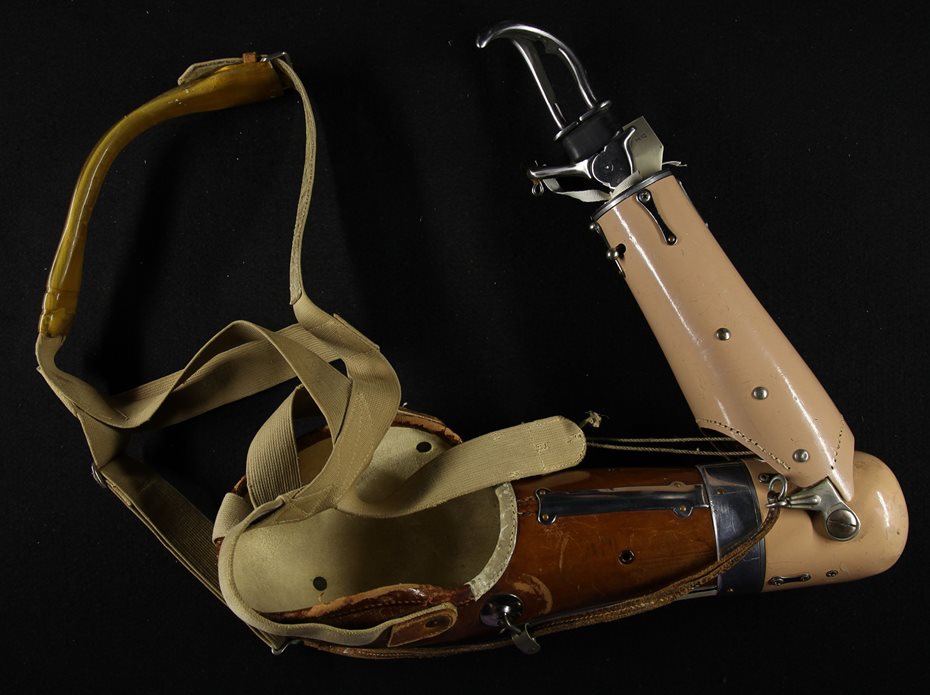


Student experience
"Dorset House students have earned for themselves the reputation of being enthusiastic both in their work and their recreation."
Student experience at Dorset House would have been quite different to life for our students today as there were sometimes as few as 18 students in an intake. This fostered a tight knit community spirit as the students lived and studied together. In the early days in Bristol they also gained clinical experience in the residential home next door. They wore green overalls to differentiate them from other staff which is still the colour worn by OTs in hospitals today.
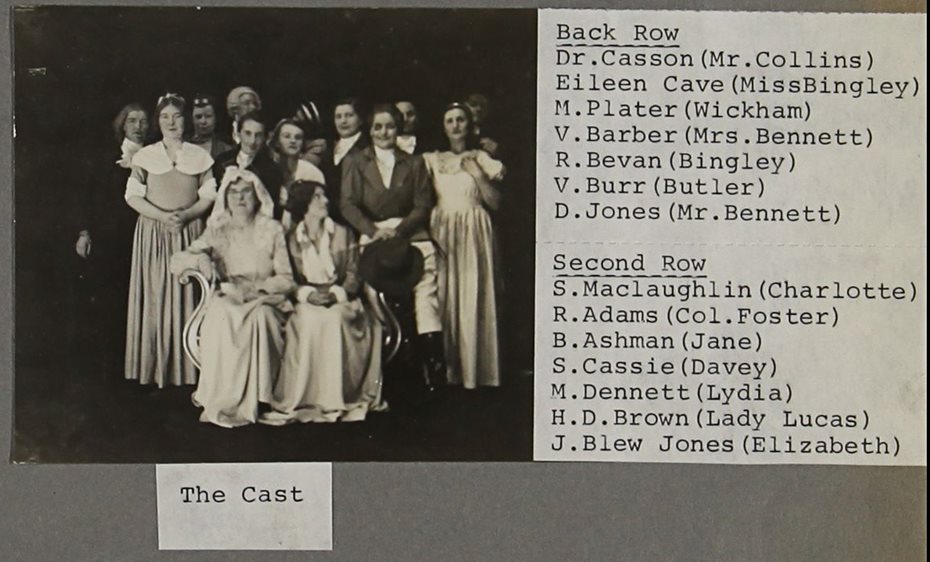
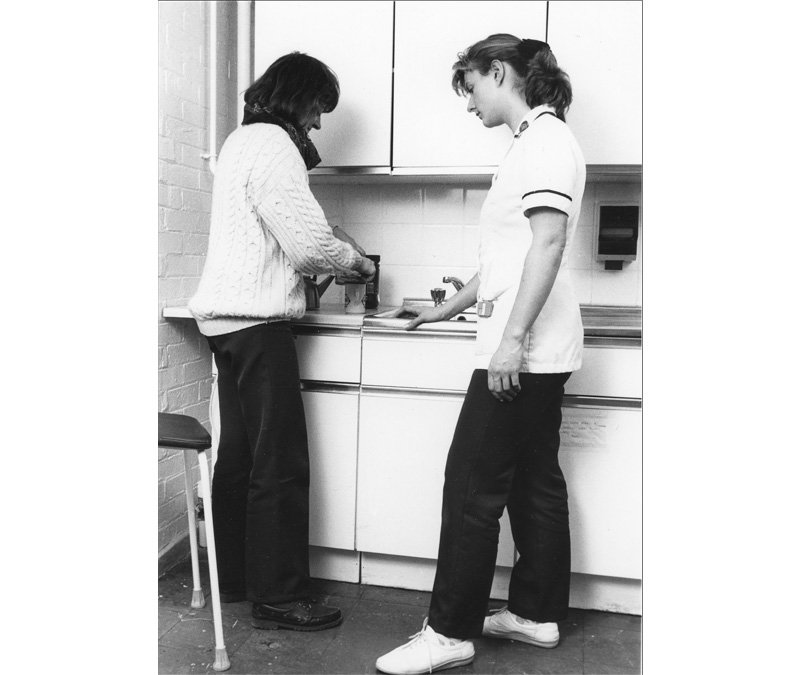
The move to the Churchill hospital site in Oxford brought a new bonding experience of being taught in Nissen huts, reminiscences recall the coke fuelled heaters which were the only source of heat.
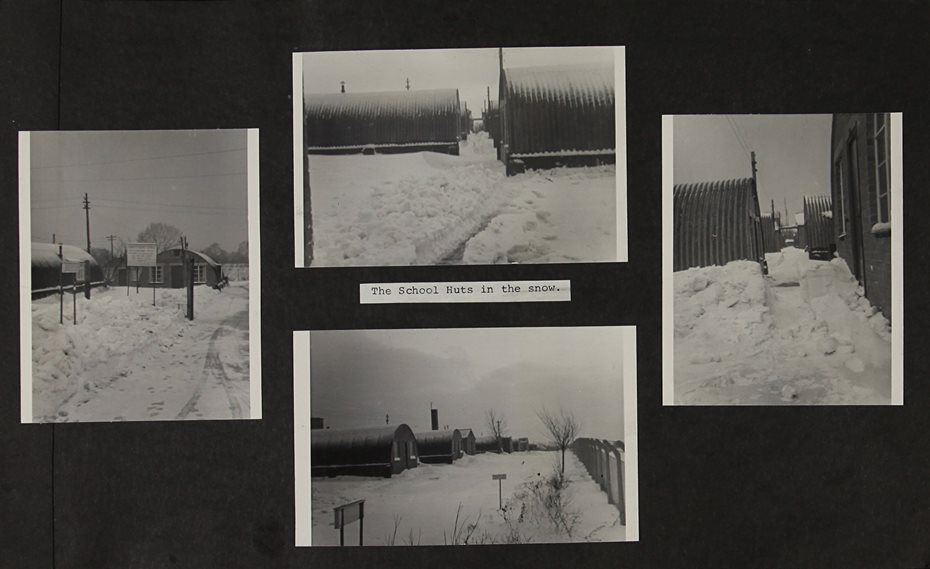
The archive also holds several ciné films which show student life as well as treatments. A selection of clips are available.
Dorset House's legacy
"Dorset House [was] a dynamic institution always changing in response to the educational needs of the period."
In 1949 Elizabeth Casson established the Casson Trust to promote the interests of the School and the education of Occupational Therapy. Dorset House became part of Oxford Polytechnic (later Oxford Brookes University) in 1992 but the legacy of the School lives on in the alumni and in our current Occupational Therapy courses. The Casson Trust continues to uphold the values of Elizabeth Casson to this day, and aims to support the furtherance of occupational therapy primarily, but not exclusively, in the United Kingdom.

The images used in this exhibition, as well as many more, are accessible via our institutional repository RADAR.

